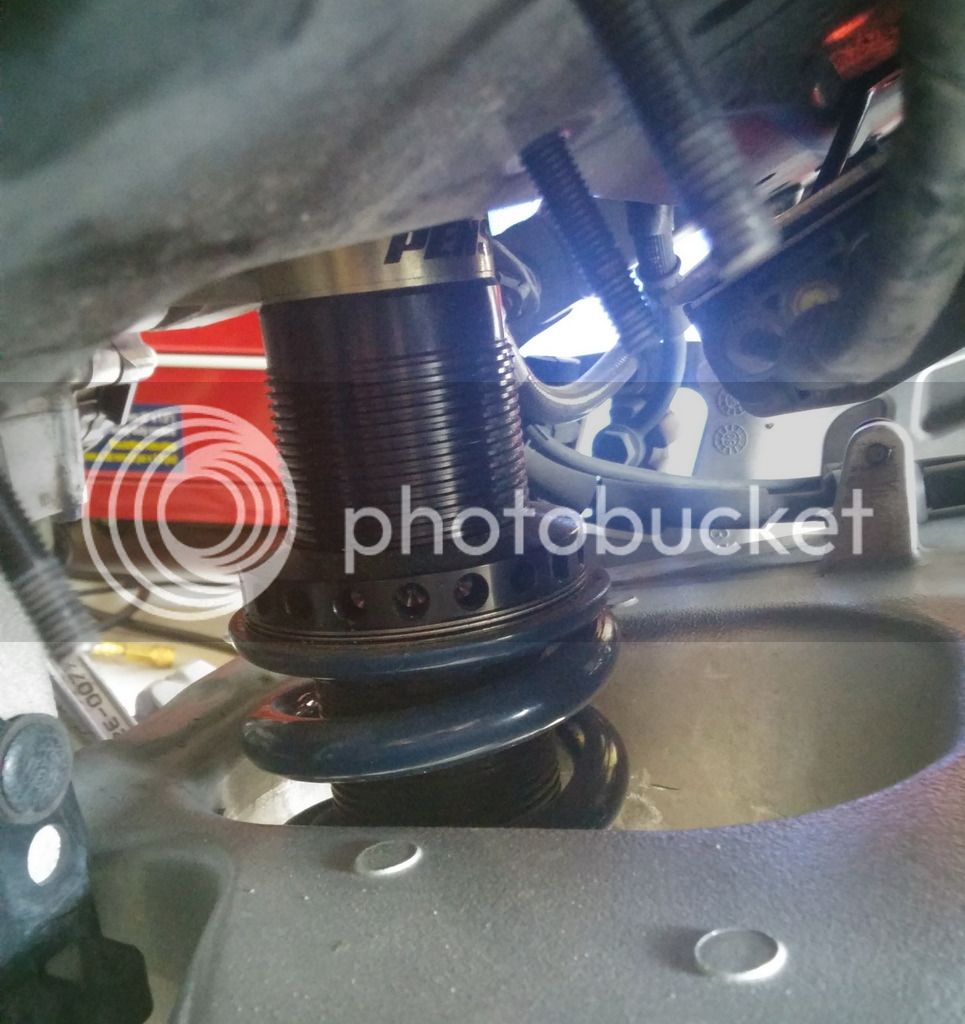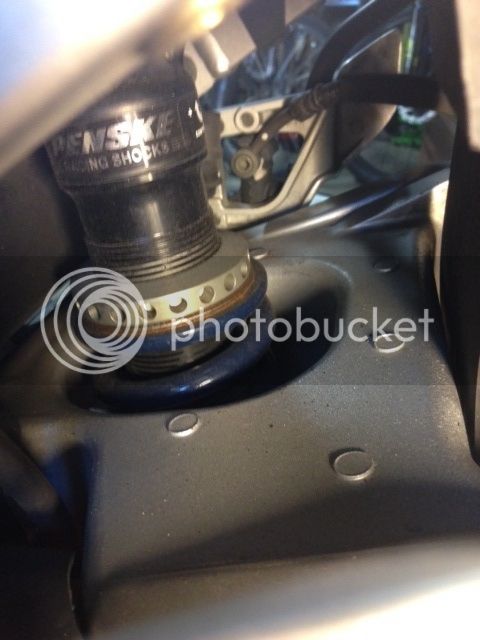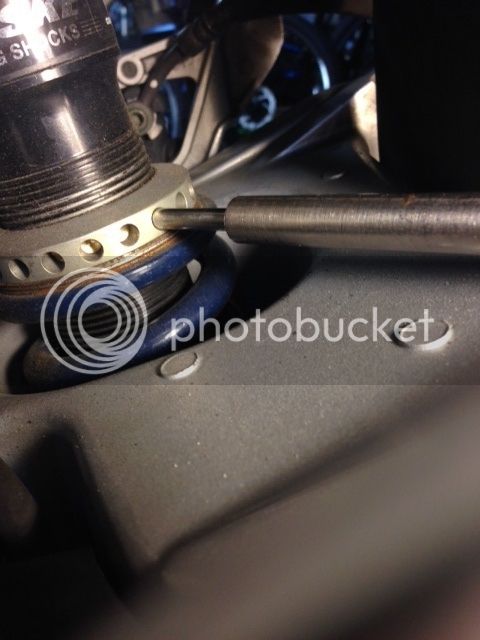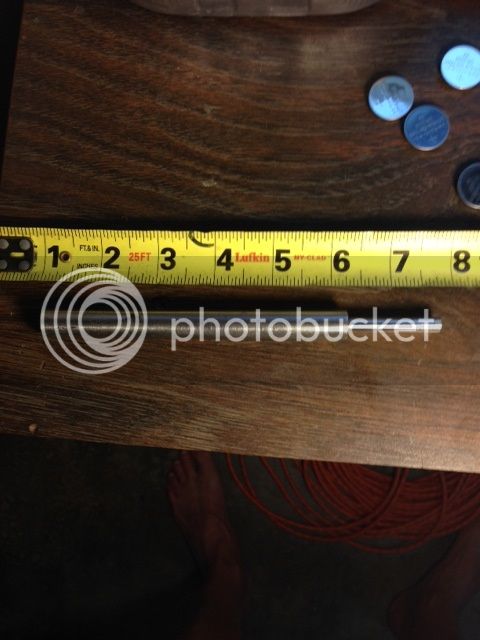MajBach
Well-known member
I recently had an 8983 installed at GP that I need some help with.
It was a busy day when I went to GP to fork over $2000 for a new shock and fork valves. The guy that worked on my bike said to me that he had never done an FJR before and normally worked on dirt bikes. It was also his last day there. After he stated he wasn't sure which adjustment was for rebound and which was for compression, I kind of hinted I'd like someone in the know to come edemacate me. One of the owners came out (Barry maybe) and did spend some time with me but I have to admit, I really didn't retain what he had said; too much too quick. I pretended I understood hoping that the manual they gave me would clarify anything still foggy. It didn't.
I've looked on-line and downloaded every shock manual I could find and still no help. There is no specific 8983 manual and the generic 8900 series that is available on-line and that they provided me is written in a dialect I just don't understand.
Barry demonstrated how to adjust the height and adjust the preload and rebound, and something about softening rebound on colder days I think but the rest I don't recall. There was actually a fair bit of info on the settings and oil they used on my invoice that I wasn't aware of until this morning, such as spring rates and settings set at the factory.
Does anybody know of a good source or thread speaking specifically about this shock?
Some of the things I'd like to understand include:
- the gas pressure valve on the remote canister, should I ever touch it?
- how much pressure should it have?
- does it need to be checked periodically?
- when do you know if you need to add or reduce pressure?
- isn't the compression adjuster supposed to click as you turn it?
- is it normal to have to use a wrench to turn the compression adjuster?
- should I be adjusting preload, compression and rebound to conform to changing riding conditions (like going from solo to 2-up or cool to hot ambient temperatures)?
It was a busy day when I went to GP to fork over $2000 for a new shock and fork valves. The guy that worked on my bike said to me that he had never done an FJR before and normally worked on dirt bikes. It was also his last day there. After he stated he wasn't sure which adjustment was for rebound and which was for compression, I kind of hinted I'd like someone in the know to come edemacate me. One of the owners came out (Barry maybe) and did spend some time with me but I have to admit, I really didn't retain what he had said; too much too quick. I pretended I understood hoping that the manual they gave me would clarify anything still foggy. It didn't.
I've looked on-line and downloaded every shock manual I could find and still no help. There is no specific 8983 manual and the generic 8900 series that is available on-line and that they provided me is written in a dialect I just don't understand.
Barry demonstrated how to adjust the height and adjust the preload and rebound, and something about softening rebound on colder days I think but the rest I don't recall. There was actually a fair bit of info on the settings and oil they used on my invoice that I wasn't aware of until this morning, such as spring rates and settings set at the factory.
Does anybody know of a good source or thread speaking specifically about this shock?
Some of the things I'd like to understand include:
- the gas pressure valve on the remote canister, should I ever touch it?
- how much pressure should it have?
- does it need to be checked periodically?
- when do you know if you need to add or reduce pressure?
- isn't the compression adjuster supposed to click as you turn it?
- is it normal to have to use a wrench to turn the compression adjuster?
- should I be adjusting preload, compression and rebound to conform to changing riding conditions (like going from solo to 2-up or cool to hot ambient temperatures)?
Last edited by a moderator:





































![fjackets Real Lambskin Leather Biker Jacket — Quilted Cafe Racer Zip Up Moto Leather Jackets For Men | [1100085] Johnson Brown, XL](https://m.media-amazon.com/images/I/41I7Pm1f+vL._SL500_.jpg)




























